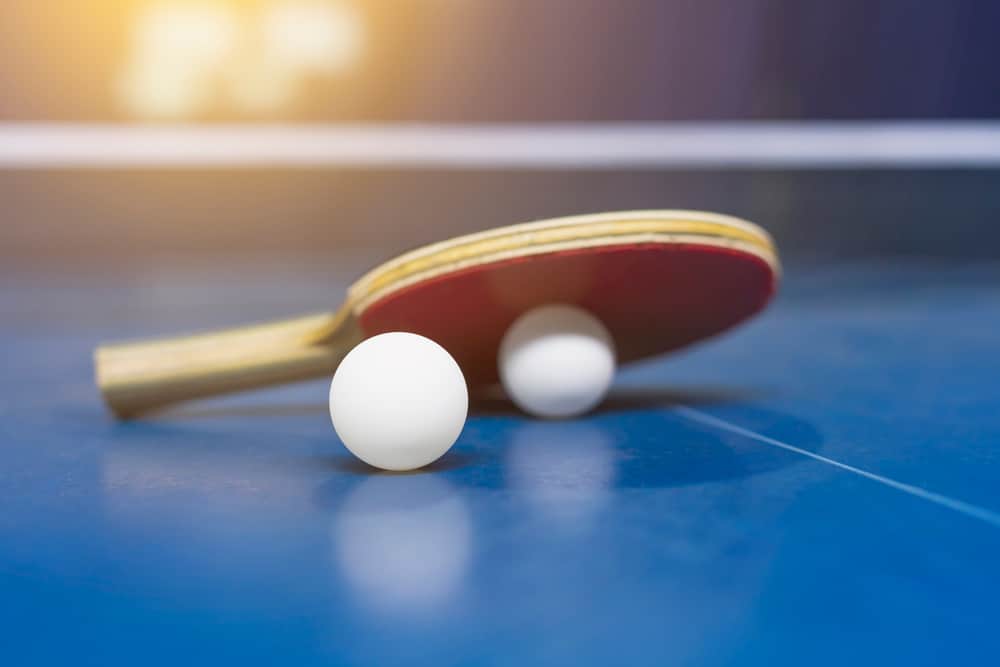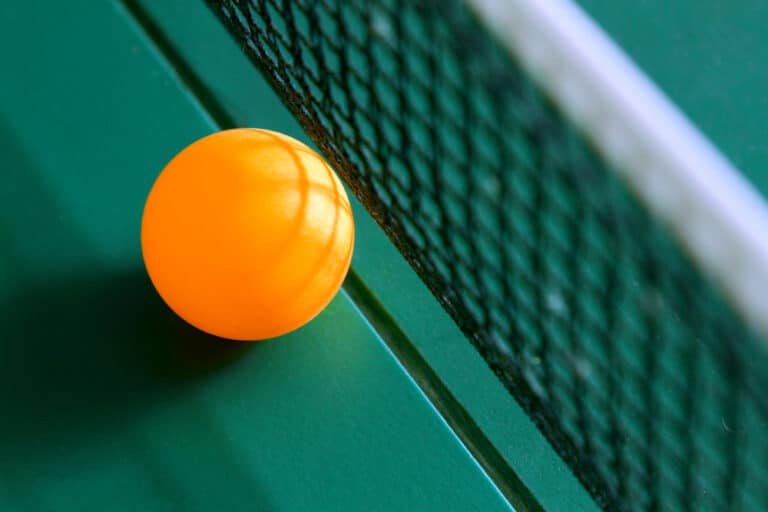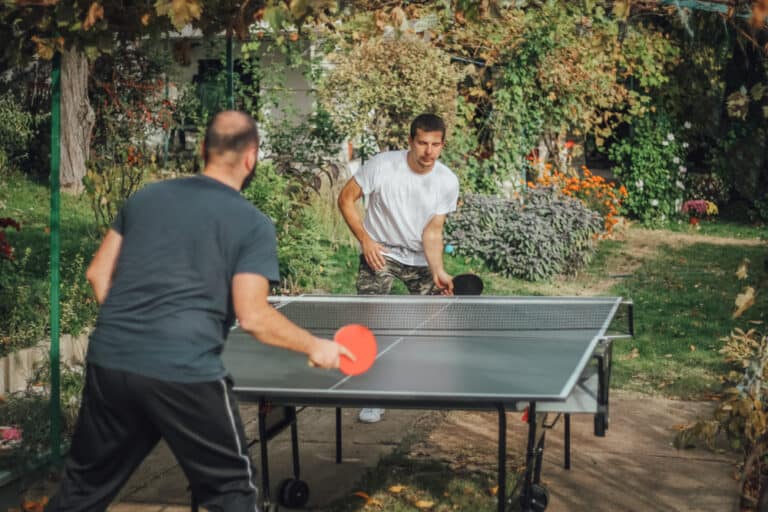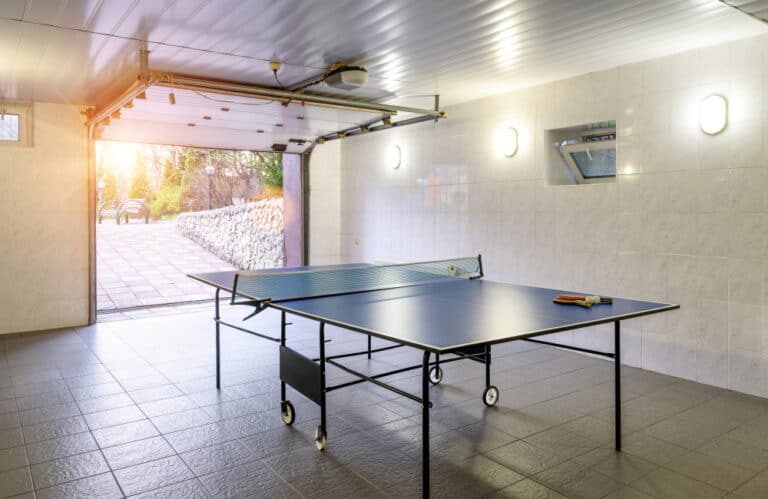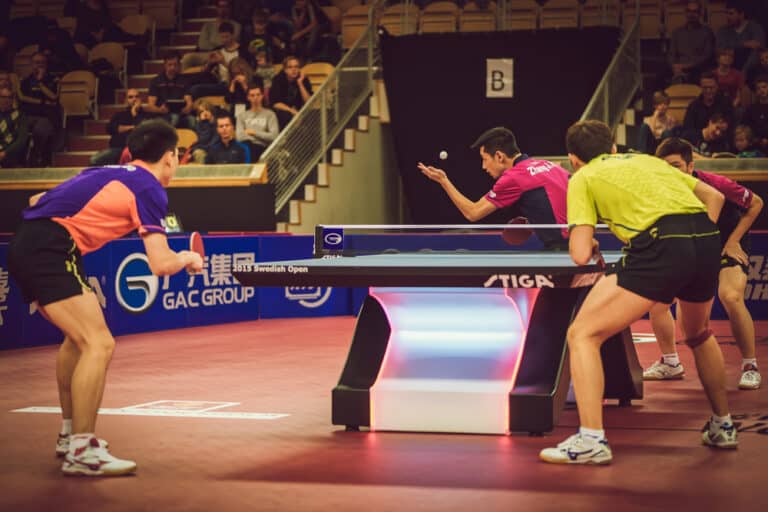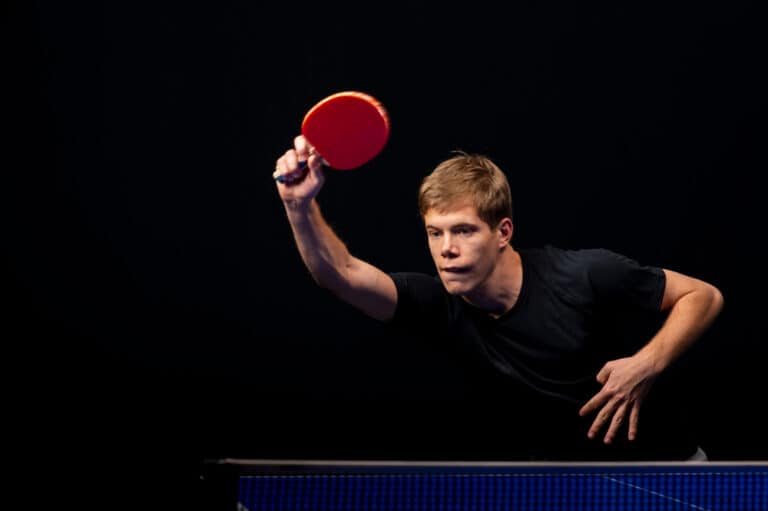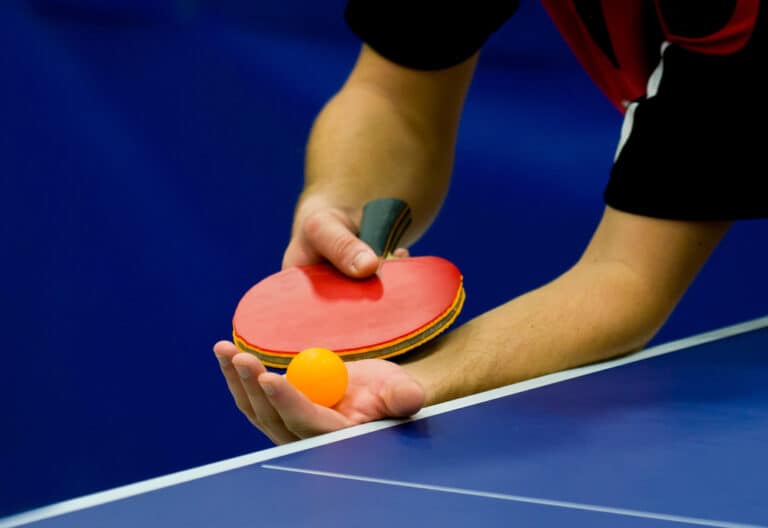How Often Should You Replace Ping Pong Balls?
Table tennis is the second most popular sport in the world and is the fourth fastest racquet sport globally, with badminton being the fastest. Not only does the round shape of a table tennis ball improve the flight characteristics, but it is also extremely strong.
Table tennis balls will remain playable until they get damaged by being stepped on, get stepped, dented, or a crack develops. The reason table tennis balls get burst open while in play is due to the high-impact forces when they are hit hard, or they impact the table.
Other than keeping them off the floor when used, table tennis balls do not need special care. The most frequent cause of damage is that they get stood on, or the dog bites into them. In major competitions, when they are exposed to high forces, lower-grade balls may be damaged during the game.
Tables Tennis Balls Can Last A Long Time
The period for which a table tennis ball depends on the grade and quality of the ball and the level of competition being played.
The following discusses how these factors affect the longevity of a ball.
Level Of Competition
The fastest measured tennis ball strike was 72.08 miles per hour (116 kilometers per hour). During a match, top-level table tennis players regularly hit a ball at over 110km/h.
That means that when a ball traveling at 72.08 miles per hour is returned by the opposing team member with a similar force, it experiences a change in momentum of 144.16 miles per hour (232 km/h).
The forces imposed on it during a match are significant considering the size of table tennis balls.
If the ball being used at this level does not meet the requirements of a three-star ball, it may be damaged and have to be replaced immediately.
The Different Categories Of Table Tennis Balls
There are five categories of table tennis balls.
- Fun or Novelty balls.
- Two star balls.
- Three-star balls.
Fun Or Novelty Balls
This ball category is aimed at children and is manufactured in various colors, sizes, and degrees of hardness.
These balls are not permitted to be used during official matches.
The softer fun balls are not durable and won’t last for a long time if subjected to continuous play, and therefore will require replacement more frequently.
However, if very small children use them unless they are stood on or lost, they should last for years.
Practice Or Training Balls
These are softer balls to help younger players or beginners practice and develop their skills.
While they are not intended for use in matches, they can be used if they adhere to the weight and size requirements.
Because they are softer these balls are not durable and don’t last for a long time and so will need to be replaced regularly.
One Star Balls
One-star balls are not intended for use in top-level competitions but are meant to be used at school and club levels.
They are not intended for higher-level competitions; however, they can be used as long as they meet the size, weight, and color regulations.
Being softer, one-star balls are susceptible to breaking if they are hit very hard and so will need to be replaced frequently.
Two Star Balls
Two-star balls are the level below top competition balls and are suitable for use when practicing against a robot, or in a multi-ball training session.
The ball has generally been selected as a two-star ball because it does not meet the quality control standards of a three-star ball.
As long as two-star balls meet the size, weight, and color regulations, they can be used in higher-level competitions, but they must be expected to break during these matches.
Three Star Balls
Three-star balls are the only category the International Table Tennis Federation will endorse for use in games played under their auspices.
These are the longest-lasting, most durable balls that need replacing less frequently than the four preceding categories. The estimated lifespan of a three-star ball played at the competition level is three to six months.
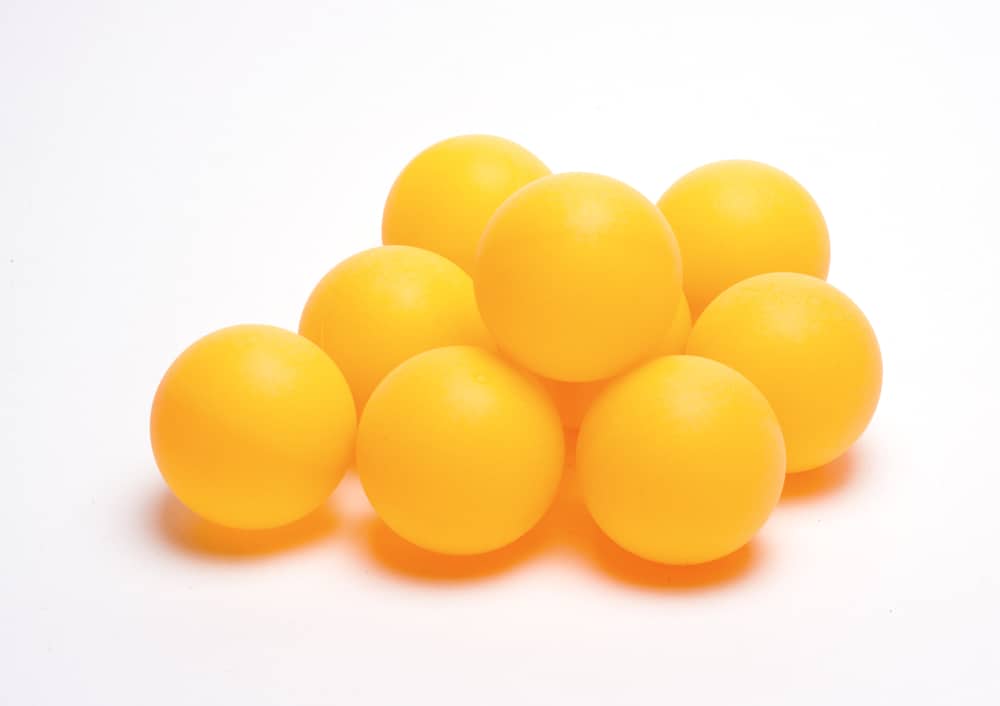
How Are Table Tennis Balls Manufactured?
While the table tennis federation has tried to replace celluloid balls with plastic (polymer balls), the older celluloid balls are still actively used in major competitions. The process described below details how the celluloid balls are manufactured.
Table tennis balls are required to conform to specific specifications, including the celluloid structure’s size, weight, and thickness.
The finally completed ball must be perfectly round and have a balanced bounce, which must be consistently the same irrespective of when or which batch they were manufactured in.
The ball must provide the same performance characteristics irrespective of whether it is being used in a world championship game or someone is teaching their young child how to play.
The table tennis regulations stipulate that the balls must be constructed in accordance with the following criteria.
- The balls must be made from celluloid or a similar plasticized substance.
- The balls must have a diameter of precisely 1.57 inches (40 mm).
- The ball’s circumference must be 4.94 inches (125.6 mm).
- They must weigh exactly 2.7 grams.
- The only allowable colors are white or orange.
- They must have a matt finish.
Table tennis balls were invented in 1900 and are made of celluloid from the nitration of cellulose from cotton.
The process of nitration of cellulose from cotton was first discovered by Horacio Koechlin in 1893, who found that when cotton is to a mixture of nitric acid and sulfuric acid, it forms celluloid.
It has evolved into the material used for the construction of
- Nail polish.
- The dope is used on fabric-covered aircraft.
- Playing cards coating.
- The bonding agent which holds staples together in office staplers
- Cellulose nitrate.
- Magicians flash paper.
- Flash cotton.
- Gunpowder cotton.
- Flash string.
When nitrocellulose is esterified to varying degrees, it forms the material used in the manufacture of
- Table tennis balls.
- Guitar picks.
- Photographic film.
Concerning table tennis balls, the esterifying process involves soaking the balls in alcohol to make them soft and pliable.
Most manufacturers use three steps to produce table tennis balls.
Step One – Preparing The Cellulose
The cellulose is delivered as sheets of material to the manufacturing center.
Some companies first cut the sheets into discs, while others form the balls directly from the sheets.
The material is soaked in an alcohol solution until they are soft and pliable.
The cellulose discs are placed into hemispherical molds, which shape each half of the table tennis ball. Weights are pressed down on the molds ensuring that the final thickness of the “half” balls is precisely set.
Step Two – The Two Halves Are Joined
The halves are placed in a mold with the open side up, and an alcohol binding agent is mechanically applied.
The machine joins two rows of half balls together, creating the bond.
The rough balls are sent to an agitator, where the rough edges for the gluing process are removed.
Step Three – The Joined Balls Are Graded
The balls are sent through an automated grading machine, ensuring they meet the specifications.
- Roundness.
- Hardness.
- Size.
Factory specialists manually check each ball to ensure that the finish is smooth.
Balls that meet the highest standard are stamped as grade three balls. The failed balls will be graded as practice/ training, one star, and two star balls.
Conclusion
At the competition level, a three-star table tennis ball will last between three to six months, depending on the material they are manufactured from. The only other danger they face is being stood on or damaged during boisterous play or by the family dog.

